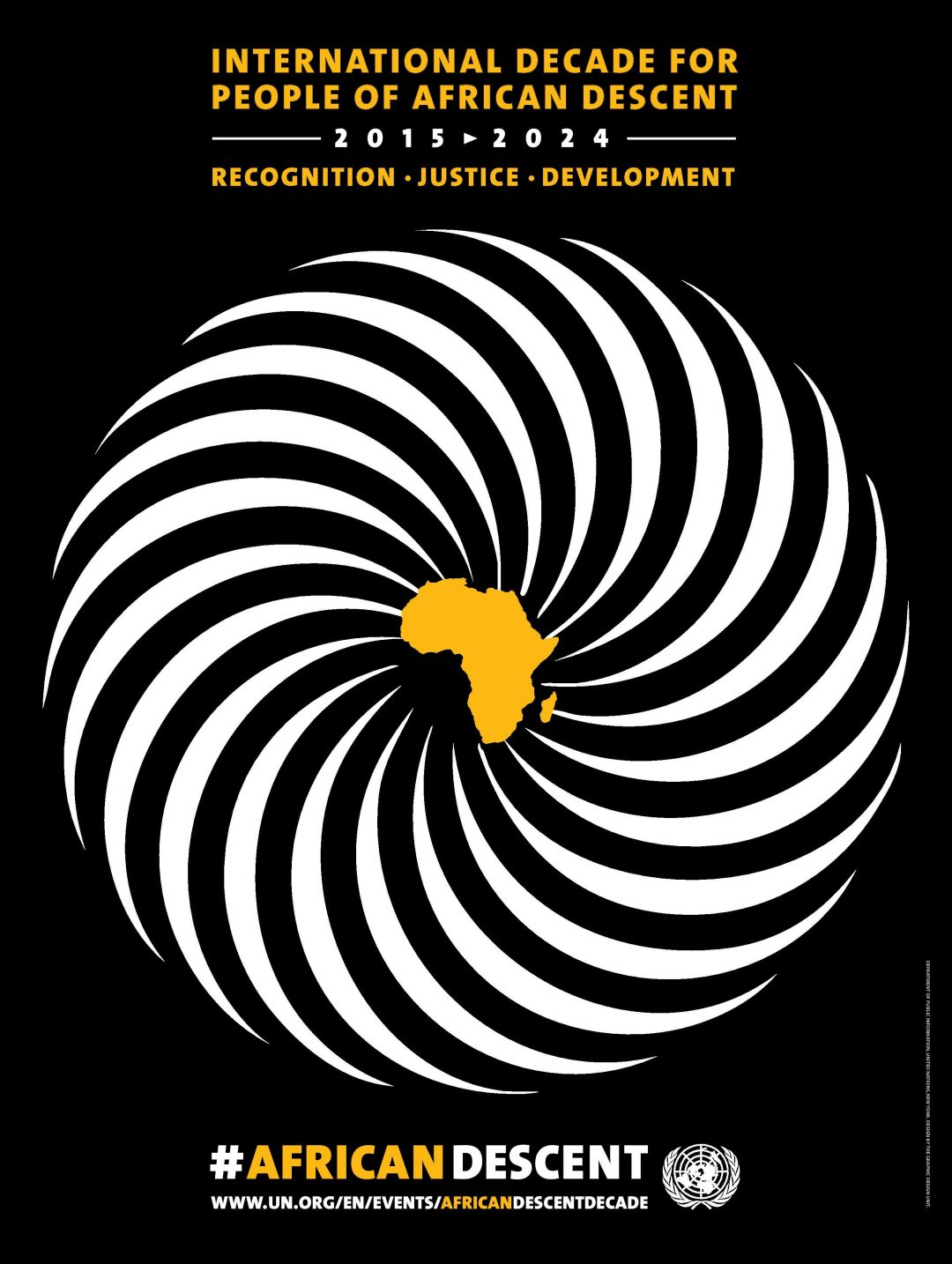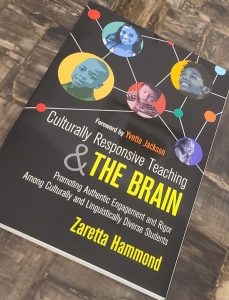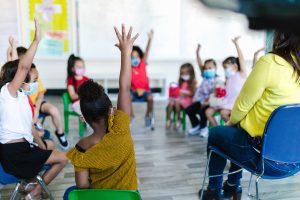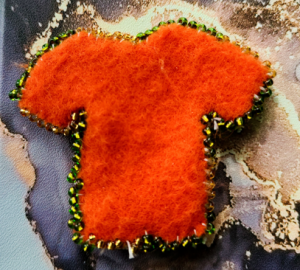For many, when presented with both, schooling is the same as learning, and learning seems to be something that only occurs in schools. Is this the case, however?
At ETFO’s Public Symposium titled ‘Generation Black: You’re Next!’, Dr. Carl James highlighted why educators must pause and reflect on the similarities and differences between these two concepts.
What is schooling? According to Oxford Learner’s Dictionary (2022), schooling is defined as “the education you receive at school”. When cross-referenced with various dictionaries (Marriam-Webster, Collins, and Cambridge dictionaries), they all provide the same definition – education received at an institution, whether at a primary, secondary, or tertiary level.
Learning, however, is not as straightforward in its definition. Going back to Oxford Learner’s Dictionary, learning is given different definitions within various contexts. According to all the dictionaries mentioned above, learning is a process that occurs in multi-settings in multiple ways, beginning when an individual is born.
“For educators, the ability to teach is a privilege, but in a broader sense, it is a privilege that runs parallel to the responsibility of teaching relative to the complete history of ideas and events that have shaped and continue to shape human growth and development” (Dei, Karumanchery, & Karumanchery-Luikb, 2004).
Since learning is a continuous process, and schooling is one of the environments in which learning occurs, how can we, as educators, ensure that learning is facilitated meaningfully within the school environment?
Planning Matters:
In 2020, the Ontario Black History Society examined a Grade 8 history textbook and ‘blacked out‘ any information that did not mention or acknowledge Black people in Canada. Of the 255 pages of information, only 13 pages remained. Indigenous sovereignty, economics, and culture are rarely explored in the K-12 curriculum. Thus, students absorb this information, effectively being erased within their learning, and are expected to repeat this narrative in everyday Canadian contexts as acceptable discourse within society. The impact and contributions of people within the 2SLGBTQ+ community and other cultural communities are erased from ‘settler’ rhetoric and in curriculum/resources used to direct learning. Thus, students absorb this information, effectively being erased within their learning, and are expected to repeat this narrative in everyday Canadian contexts as acceptable discourse within society.
Breaking the cycle of erasure and omission within the classroom is linked to the planning stage. Before planning, take the time to know your learners. Become familiar with the communities in which they live. Foster a classroom environment wherein their experiences inside and outside of the classroom are valued and can be welcomed in their learning space. Cultivate incorporating student input, perspectives, ideas, and resources into Unit and Lesson planning. Develop connections with community members and partners inside and outside the school that can broaden your familiarity with resources that reflect the society in which we live. Approach your planning intentionally, using an anti-racist, anti-oppressive lens, which creates a window for your students to engage with often omitted members of their society and a mirror whereby they see themselves reflected in their learning.
Representation Matters:
“Dialogue is the encounter between men, mediated by the world, in order to name the world. Hence, dialogue cannot occur between those who want to name the world and those who do not wish this naming—between those who deny others the right to speak their word and those whose right to speak has been denied them. Those who have been denied their primordial right to speak their word must first reclaim this right and prevent the continuation of this dehumanizing aggression” (Friere, 2005. p. 88).
In short, representation matters. Recentering multi-representation in learning is one of the vehicles for transformative change that can begin to shine a light on learning our whole in constructive ways.
- Think about the resources you use and share with your class. Who is reflected? Who is erased? Who is tokenized? Who is omitted?
- Reflect on your interactions with parents, guardians and members of your school community? Who is made to feel welcome? Who is kept at arm’s length? Whose experiences are valued? Whose experiences are often invalidated?
- Conduct an inventory of your learning and resource plans. Are you ensuring that your plans reflect the learners in your classroom? How have you challenged yourself to plan and facilitate learning from a social justice, equity, and inclusive lens? Have you included your learners’ interests, backgrounds, and experiences as integral to planning and lesson facilitation?
Assessment Matters:
As stated in the Growing Success policy document put forth by the Ontario Ministry of Education regarding authentic assessment, “Our challenge is that every student is unique, and each must have opportunities to achieve success according to his or her own interests, abilities, and goals” (Ontario Ministry of Education Growing Success, 2010).
Assessment and Evaluation practices in Growing Success (2010) state that “the seven fundamental principles lay the foundation for rich and challenging practice. When these principles are accepted, implemented, utilized, and observed by all teachers, assessment becomes a tool for collecting meaningful information that will help inform instructional decisions, promote student engagement, foster meaningful demonstration of student understanding, and improve student learning overall.
References:
Dei, G. J. S., Karumanchery, L. L., & Karumanchery-Luikb, N. (2004). Chapter Seven: Weaving the Tapestry: Anti-Racism Theory and Practice. Counterpoints,244, 147–164. http://www.jstor.org/stable/42979563
Freire, P. (2005). Pedagogy of the Oppressed: 30th Edition (M. B. Ramos, Trans.). The Continuum International Publishing Group Inc. (Original work published 1921).
Ontario Ministry of Education. (2010). Growing Success: Assessment, Evaluation, and Reporting in Ontario Schools. Retrieved from https://www.edu.gov.on.ca/eng/policyfunding/growSuccess.pdf
Oxford Learner’s Dictionaries. (2022). Learning. Oxford Learner’s Dictionaries.
Retrieved from https://www.oxfordlearnersdictionaries.com/.
Oxford Learner’s Dictionaries. (2022). Schooling. Oxford Learner’s Dictionaries.
Retrieved from https://www.oxfordlearnersdictionaries.com/.






